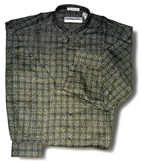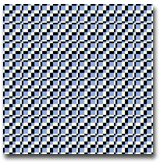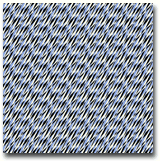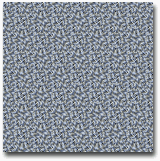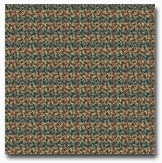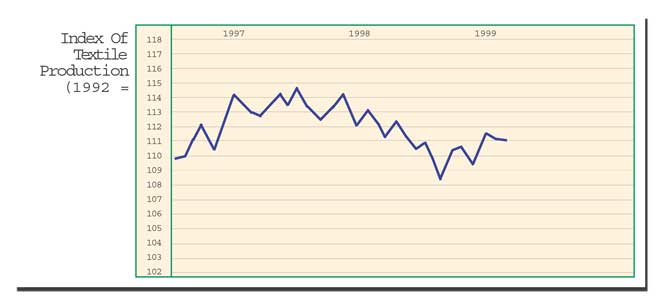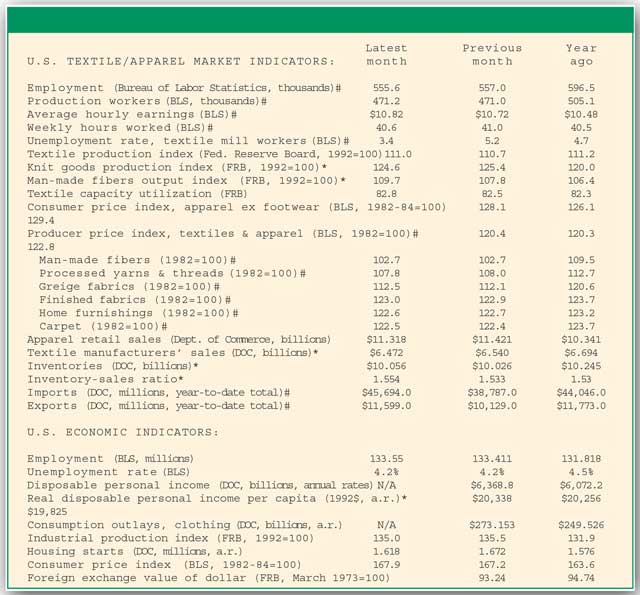While improvements were evident, questions remain about the show’s future. The
Textile Supplies and Services Expo (TSSE), which ran from October 19 to 21, at the Palmetto Expo
Center, Greenville, S.C., saw an increased number of attendees from 1998, although the numbers were
not has high as was hoped.The reaction of many exhibitors was positive, as many felt the contacts
they did make at the show could possibly lead to sales.According to J. Robert Ellis, president and
director, Textile Hall Corp., there were 1,705 attendees at the three-day show. This was a 41.5-
percent increase from last years Textile Industry SuppliesandServices Exhibition and Conference
(TISSEC), which had 1,205 attendees. While this was a noticeable increase, it fell well below the
3,000 attendees the show had hoped to draw.I was disappointed in the number of attendees, although
it was up about 40 percent over last year, said Ellis. Most exhibitors I talked with seemed to have
a good show although some said otherwise.Impressions from the exhibitors were mixed. Many felt that
the number of quality attendees was much higher than the previous show. We looked at it as a
positive show. We found some new leads and customers, said Mark Reese, vice president of sales,
Lawson Hemphill. The quality of the attendees was excellent; there were a lot of decision-makers at
the show. I would say we probably have 30 percent more leads at this show than the last one.Also
making good contacts and customers at TSSE was Lois Foster, Kellett Enterprises: I had no problem
with the show. The people that came by the booth had quality visits.Many exhibitors also sited the
improved show hours, which this year ran from 8:30 a.m. to 4:30 p.m., as another positive change
that allowed more people to attend the show. The traffic was better this year than last year and
the quality was better. Tuesday was good, but Wednesday and Thursday were slow, said Jeff Davis,
Alexander Machine. I would really like to see this show make it.For many of the smaller companies,
the TSSE show was an opportunity to show products and services that were not at the larger shows
such as ITMA 99.We felt like it was a good small show, said Steve Haygood, Briggs and Shaffner. I
thought the organizers did a good job promoting the show. We hated to see that it wasnt more
excepted by the industry though.There were some concerns over the show, many hinging on timing and
attendance. This years TSSE show fell not only in an ITMA year, but also within a few weeks of
other larger shows such as Bobbin Americas, in Atlanta, and the IFAI Expo, in San Diego.A concern
that resonated throughout many of the exhibitors was with the number of shows this year, combined
with the current state of the textile industry, many companies could not afford to
December 1999



